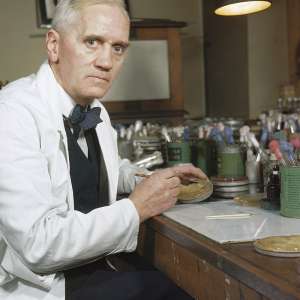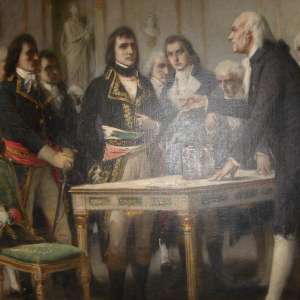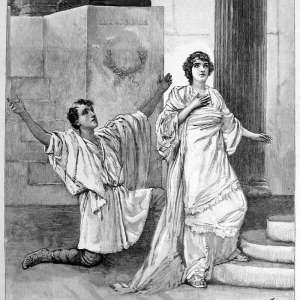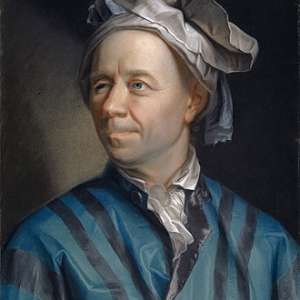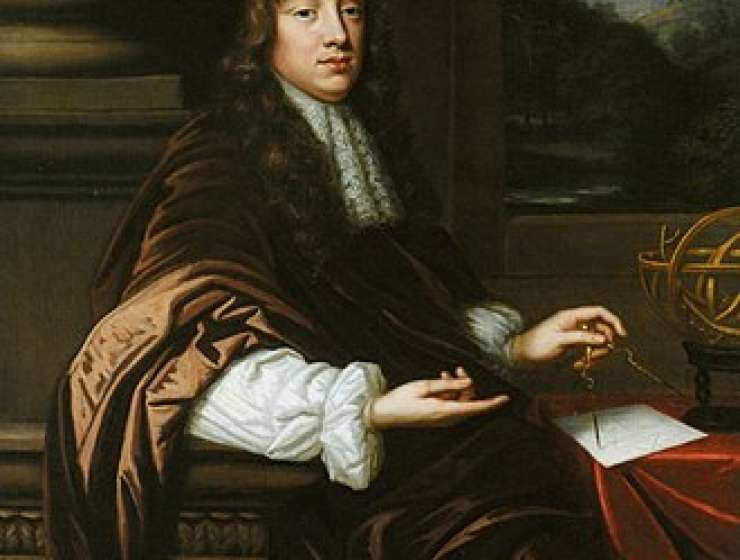
Considering his accomplishments, it’s a surprise that Robert Hooke isn’t more renowned. As a physician, I especially esteem him as the person who identified biology’s most essential unit, the cell.
Like Leonardo da Vinci, Hooke excelled in an incredible array of fields. The remarkable range of his achievements throughout the 1600s encompassed pneumatics, microscopy, mechanics, astronomy and even civil engineering and architecture. Yet this “English Leonardo” – well-known in his time – slipped into relative obscurity for several centuries.
His life and times
Hooke’s life is a rags-to-riches tale. Born in 1635, he was educated at home by his clergyman father. Orphaned at 13 with a meager inheritance, Hooke’s artistic talents landed him scholarships to Westminster School and later Oxford University. There he formed relationships with a variety of important people, most notably Robert Boyle. Hooke became the laboratory assistant of this great chemist – the formulator of Boyle’s law, which describes the inverse relation between the pressure and volume of gases.


